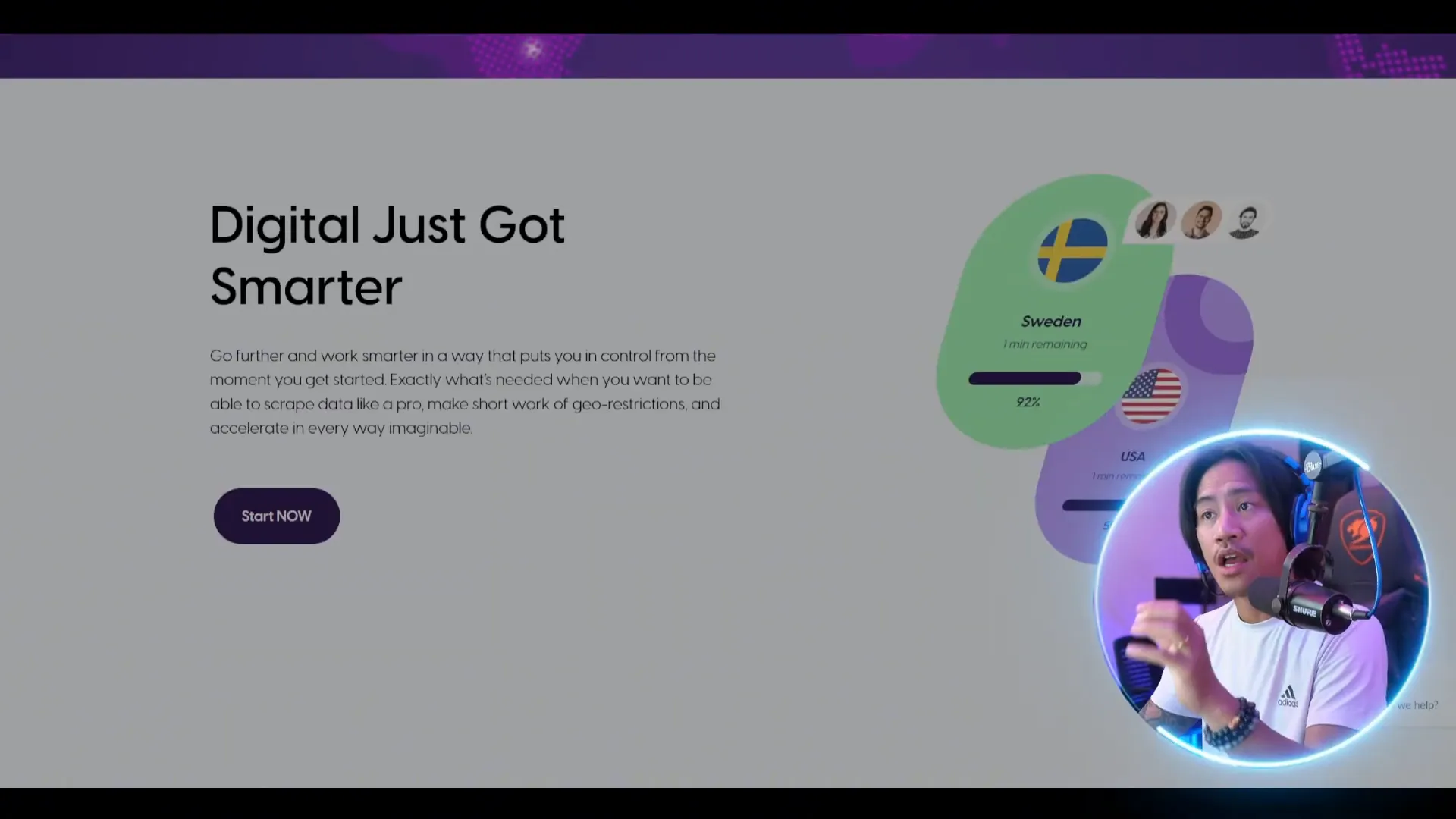Mar 25, 2025
Guide to Understanding Proxy and Reverse Proxy
Welcome to our deep dive into the world of proxies! If you’ve ever wondered about the differences between a proxy and a reverse proxy, you’re in the right place. This guide will break down these concepts, helping you grasp their unique functionalities and how they can enhance your online experience, particularly with Proxy4U.
What is a Proxy Server?
Proxy servers work as the intermediaries of the client (like your computer) and the internet. They receive requests from the client, which are intended for a certain web server, and then send the requests to that web server. Therefore, this process is not only a means of privacy of the user but also a way for the user to avoid content filtering and to filter web content access.

What is a Reverse Proxy Server?
Unlike a reverse proxy which performs the opposite work. It serves as a proctor for a server, reacting to the incoming client requests and directing them to the right backend server. Doing this makes the web server's identity invisible to the client.

Key Differences Between Proxy and Reverse Proxy
Traffic flow is the primary difference between the two:
- Proxy servers handle outgoing requests, allowing clients to access websites indirectly.
- Reverse proxies manage incoming traffic, distributing requests across multiple servers to optimize performance and prevent overload.
To get a clear picture of the differences between the two types and to understand how they improve the performance of a network, one has to know this difference. For instance, an employee in a company network might be given the opportunity to access confidential websites through a proxy server, while a high-traffic website could use a reverse proxy to manage incoming requests effectively.
Functions of Proxy Servers
The primary functions of proxy servers include:
- Enhancing user privacy
- Bypassing content restrictions
- Filtering web content
Functions of Reverse Proxies
In contrast, reverse proxies are essential in:
- Load balancing
- Improving security
- Masking server infrastructure details
Right, a reverse proxy, e.g. a distribution tool, can be used to direct incoming requests to several servers, distributed in this way, to maintain the performance at the right level and to avoid the system overload's occurrence.
Why Use Proxy4U?
When it comes to choosing a proxy provider, Proxy4U stands out as one of the best options available. They offer a variety of proxy solutions that can cater to your specific needs, whether you're handling sensitive transactions or managing network performance. Their services are designed to help you navigate the complexities of online activities safely and efficiently.
Conclusion
In summary, both proxy and reverse proxy servers serve distinct but equally important purposes in the realm of network architecture. Understanding their differences can help you make informed decisions about your online privacy and security. Don’t forget to explore Proxy4U for your proxy needs and enhance your browsing experience today!
Join Proxy4U Now!
🎈 Get your fast and secured internet with Proxy4U and forget about browsing limitations! 💨🔓
Join Now